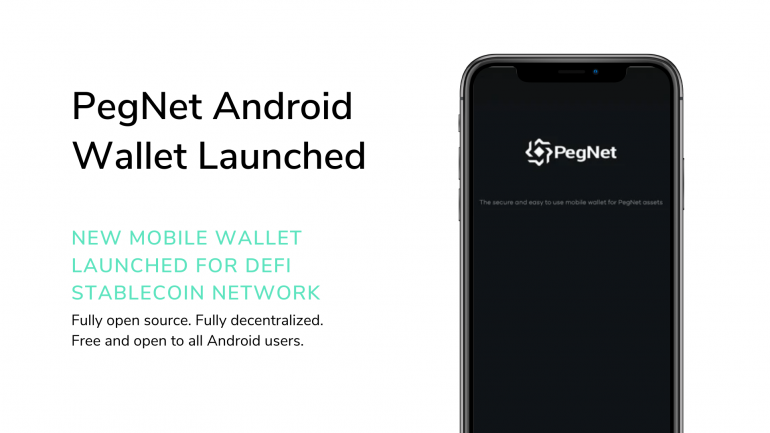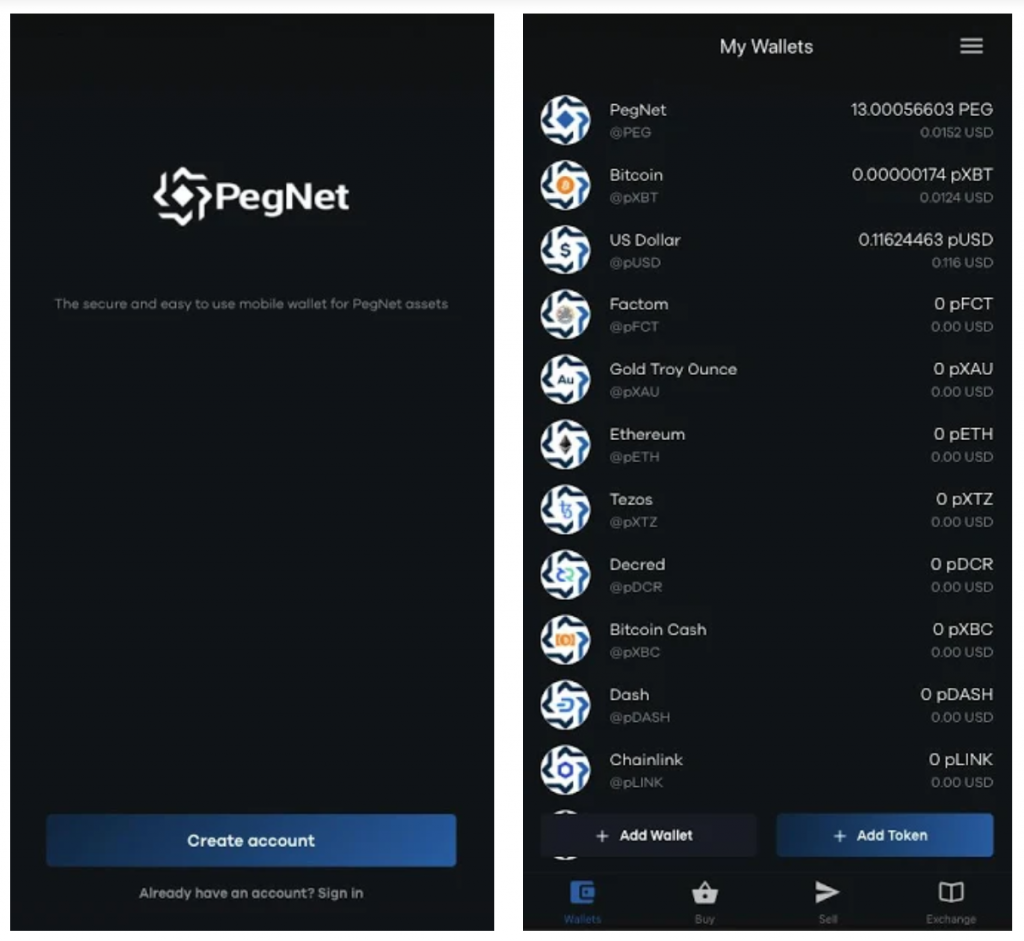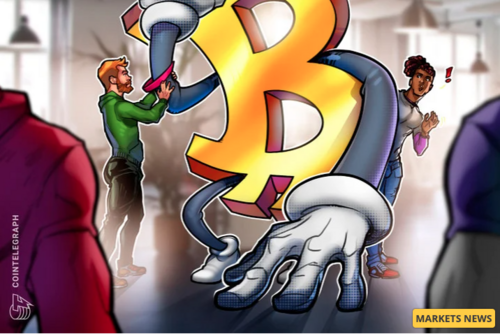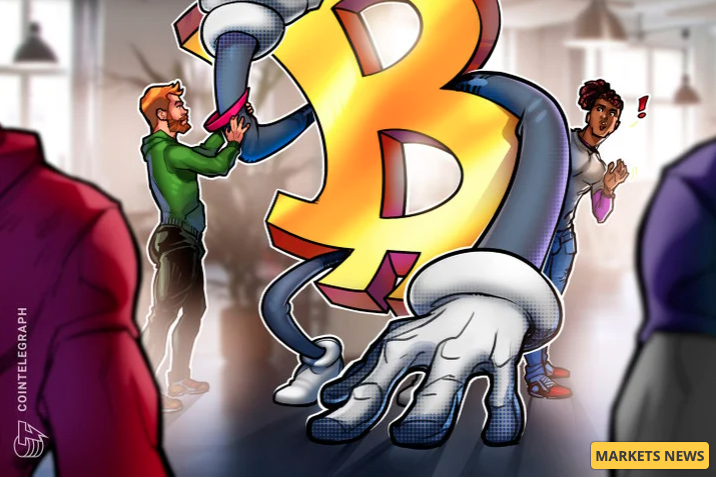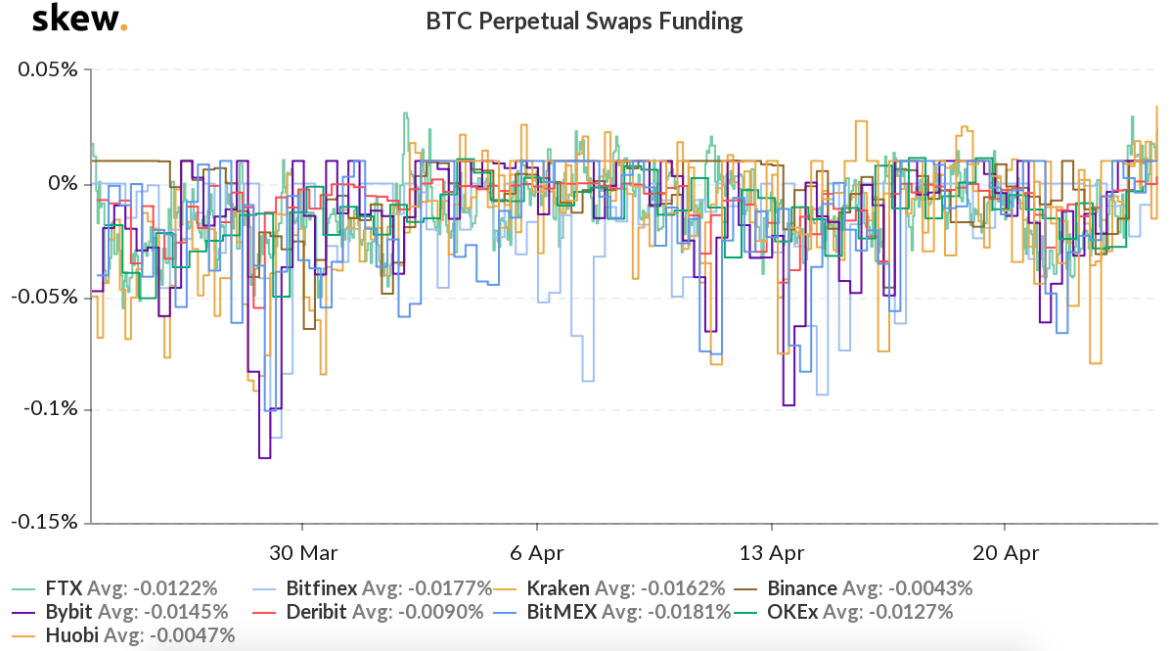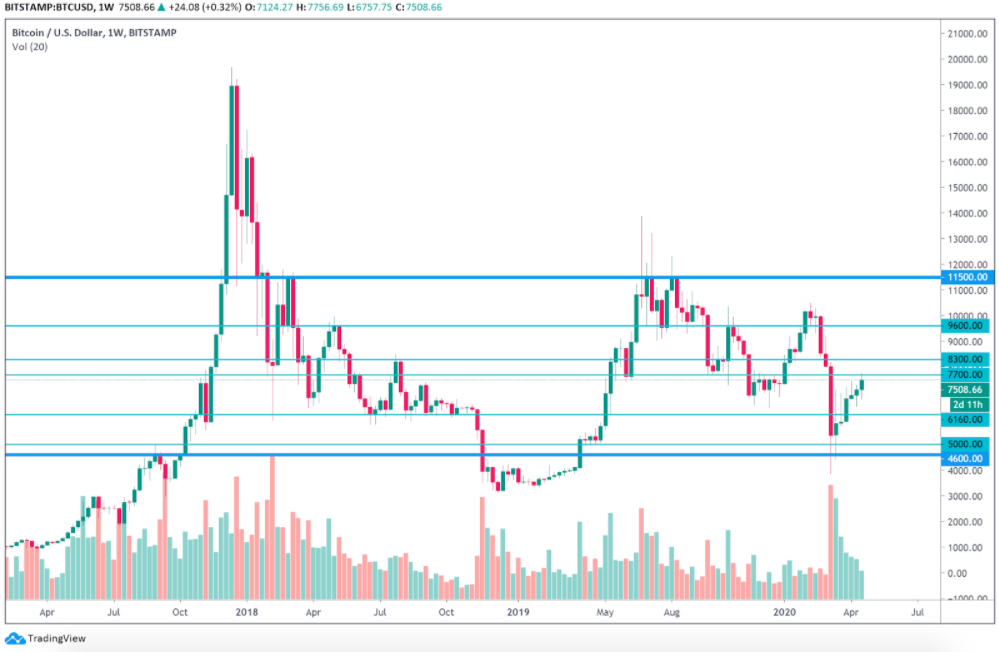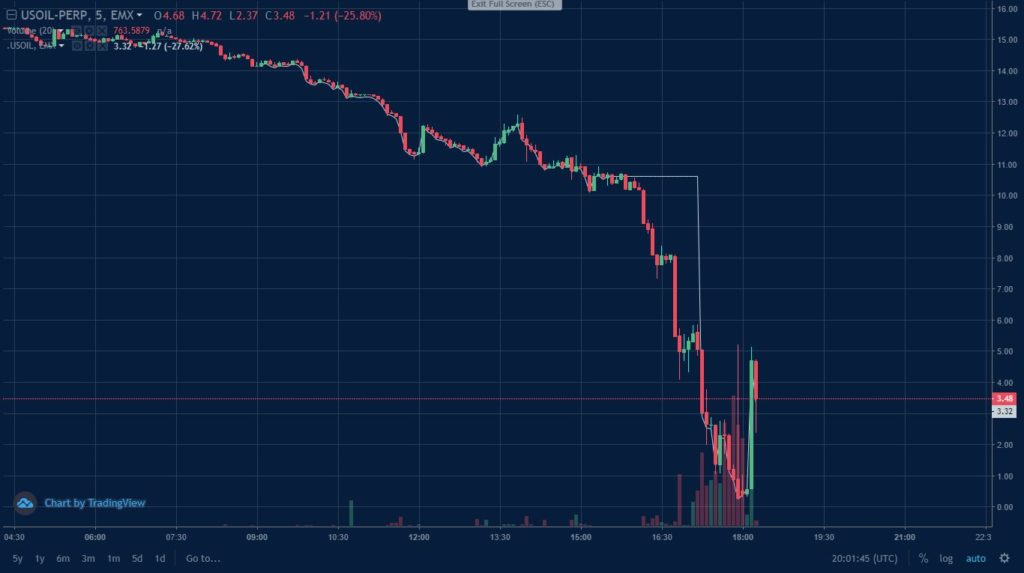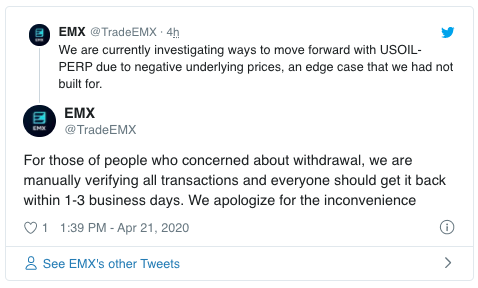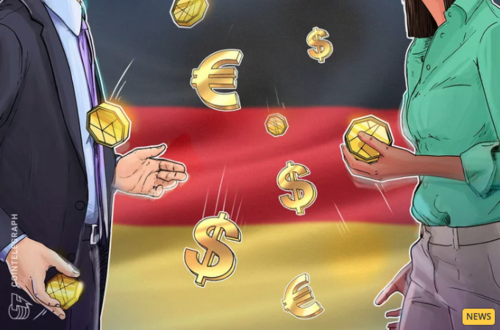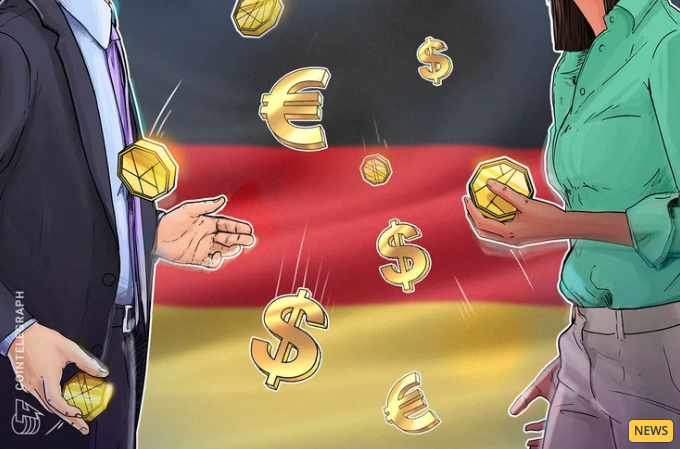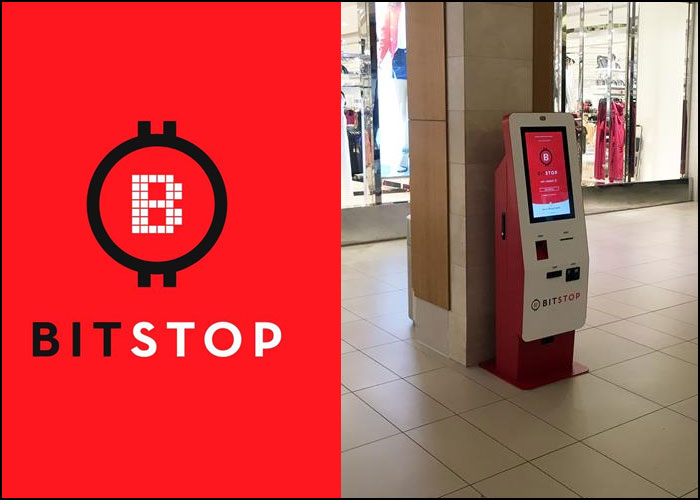
France Becomes the First Country to Successfully Trial a Blockchain-Based Digital Euro
By Brenda Ngari – May 20, 2020

Central banks across the globe are having an ultra-busy time amid the coronavirus crisis. Besides pumping in millions on millions of money into the system to salvage the economy, central banks have had to disinfect likely tainted currency notes. Such an inconvenience should make banks even more interested in creating digital currencies.
Multiple central banks around the world have been considering their own digital currencies to rival with cryptocurrencies like bitcoin. Some countries speeded up their developments after Facebook announced its plans for a global digital currency in June 2019. However, only a few have begun actual development, and none has gone to the extent of France which has successfully tested its central bank digital currency.
France Successfully Completes CBDC Trials
The central bank of France completed its test for a central bank digital currency on May 14, according to an official announcement published on May 20. For the trial, Banque de France utilized blockchain technology -developed by the bank’s teams- to settle digital securities with the digital euro.
The announcement read in part:
“Since the start of the year, the Banque de France has embarked on an experimental approach to central bank digital currency, aimed at exploring with partners the potential contributions of new technologies to improve the functioning of the financial markets and more particularly interbank regulations (so-called “wholesale” central bank digital currency).”
The bank will collaborate with other actors to conduct more rigorous tests in the coming weeks. These will also include trials in “interbank regulations”. The announcement notes that these trials are part of the files that the bank received on March 27 as calls for application.
CBDCs: The New Gold Rush?
Countries are rushing to explore the potential uses of Central Bank Digital Currencies (CBDCs) in their respective jurisdictions. China was arguably the first nation to announce its plans, though the exact design and intended use of the digital yuan are still shrouded in mystery.
Per a survey on central bank digital currencies published by Bank for International Settlements sometime last year, 70% of the central banks that participated in the survey are currently, or will soon be engaged in CBDC development work. During the time of the survey, one central bank saw itself as very likely to roll out a wholesale digital currency in the next three to six years.
Towards the end of last year, the French central bank governor François Villeroy de Galhau had asserted that he wanted the European nation to be the bellwether of a wholesale central bank digital currency and derive the “benefits earmarked for a reference central bank digital currency”.
DISCLAIMER
The views expressed in the article are wholly those of the author and do not represent those of, nor should they be attributed to, ZyCrypto. This article is not meant to give financial advice. Please carry out your own research before investing in any of the various cryptocurrencies available.
The original article written by Brenda Ngari and posted on ZyCrypto.com.
Article reposted on Markethive by Jeffrey Sloe






